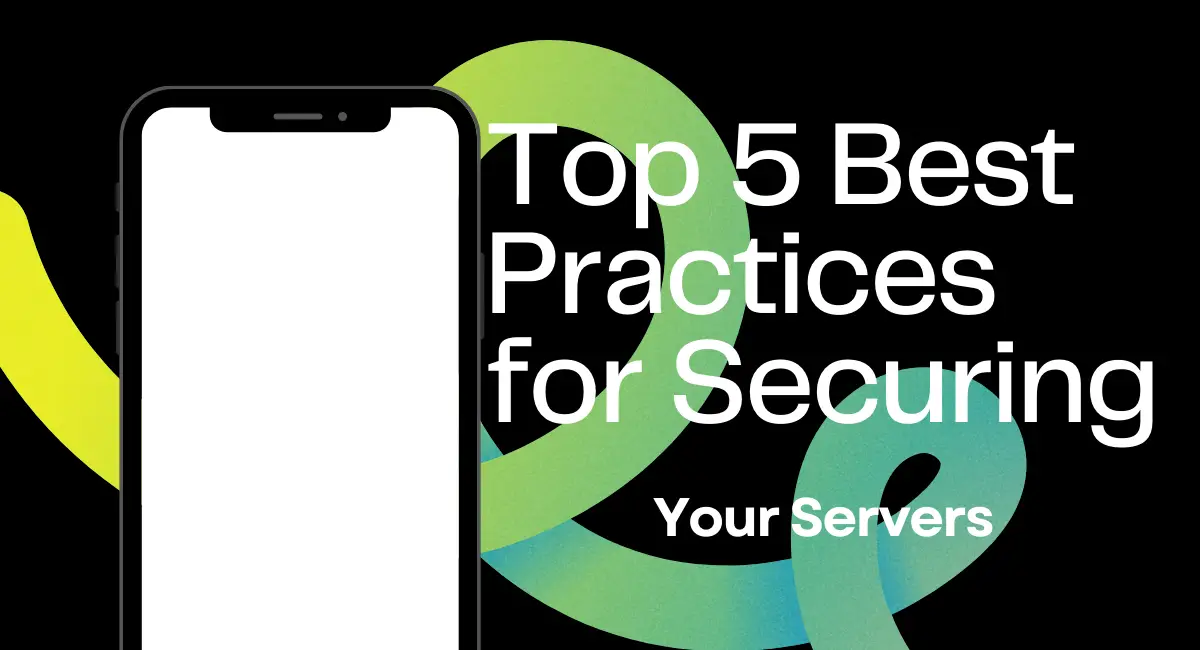Disclaimer: This is a user generated content submitted by a member of the WriteUpCafe Community. The views and writings here reflect that of the author and not of WriteUpCafe. If you have any complaints regarding this post kindly report it to us.
Protecting your servers is crucial for maintaining a secure IT infrastructure. Here are six key server security practices that businesses should adopt to safeguard their data and operations against cyber threats.
- Establish Strong Login Procedures
Ensure that your servers are accessed with robust passwords. A secure login process should mandate passwords with a mix of 8-10 characters, including numbers, special symbols, and both upper and lower-case letters. Regularly updating passwords and enabling multi-factor authentication adds an extra layer of security. - Regular System Updates
Keeping your server software up-to-date is essential to defend against vulnerabilities and bugs. These updates often include patches that shield your servers from potential breaches. Schedule automated vulnerability scans and promptly apply updates as soon as they are available from the software provider. - Deploy Firewalls
Firewalls act as a barrier between external threats and your network, including servers. It's advisable to implement a firewall solution, whether hardware or software-based, to block malicious traffic and control network access effectively. - Monitor User Access
Gain insight into user activities within your server environment to detect any suspicious behavior. Utilize monitoring tools and logging to track actions like data transfers, file modifications, and automated processes. This proactive approach helps identify and mitigate potential threats before they escalate. - Implement Host Hardening
Recognize that internal threats can also pose risks. Users within your network can exploit server vulnerabilities if proper security configurations are overlooked. To counteract this, adopt host hardening techniques such as creating individual user accounts and setting directory permissions to limit access strictly to necessary resources.
By integrating these server security best practices, businesses can enhance their defenses against cyber threats and maintain the integrity of their IT systems.







